Warlocks are not evil. This is something that should be said
It is understandable to think that only evil comes from such deals, but recent additions have helped expand our definitions a bit. Are there some dark elements implied by the naming and themes? Yes. But they are not required to be.
I only write that as preamble because people may question the patron I am presenting today. The Animal Spirits are not friendly spirits, of course. They are the spirits of wild things and care very little for people, but they have no implied moral qualities. When writing this up I was thinking about the stories where witches cut deals where they can become different animals. I was also thinking of Shamans in Shadowrun who often chanel animal spirits to define their magic. It was a soup of ideas that this was born from. I hope you will find it useful.
I should also put a John Maynard Keynes joke here…
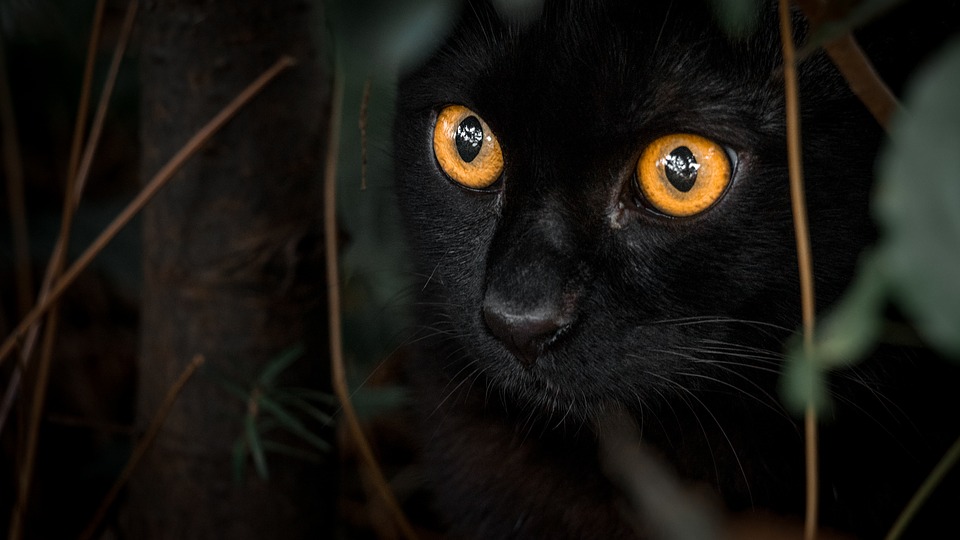
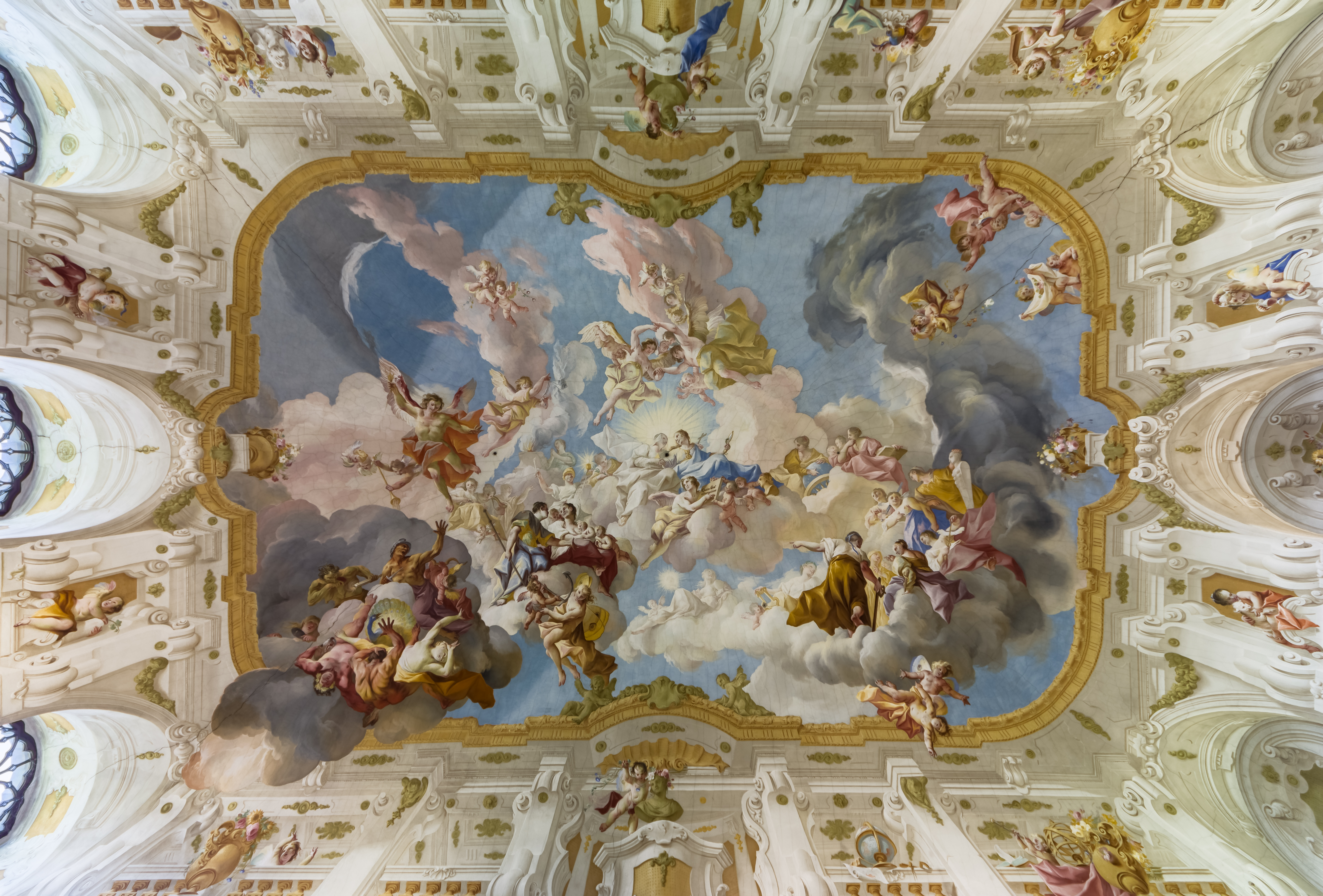
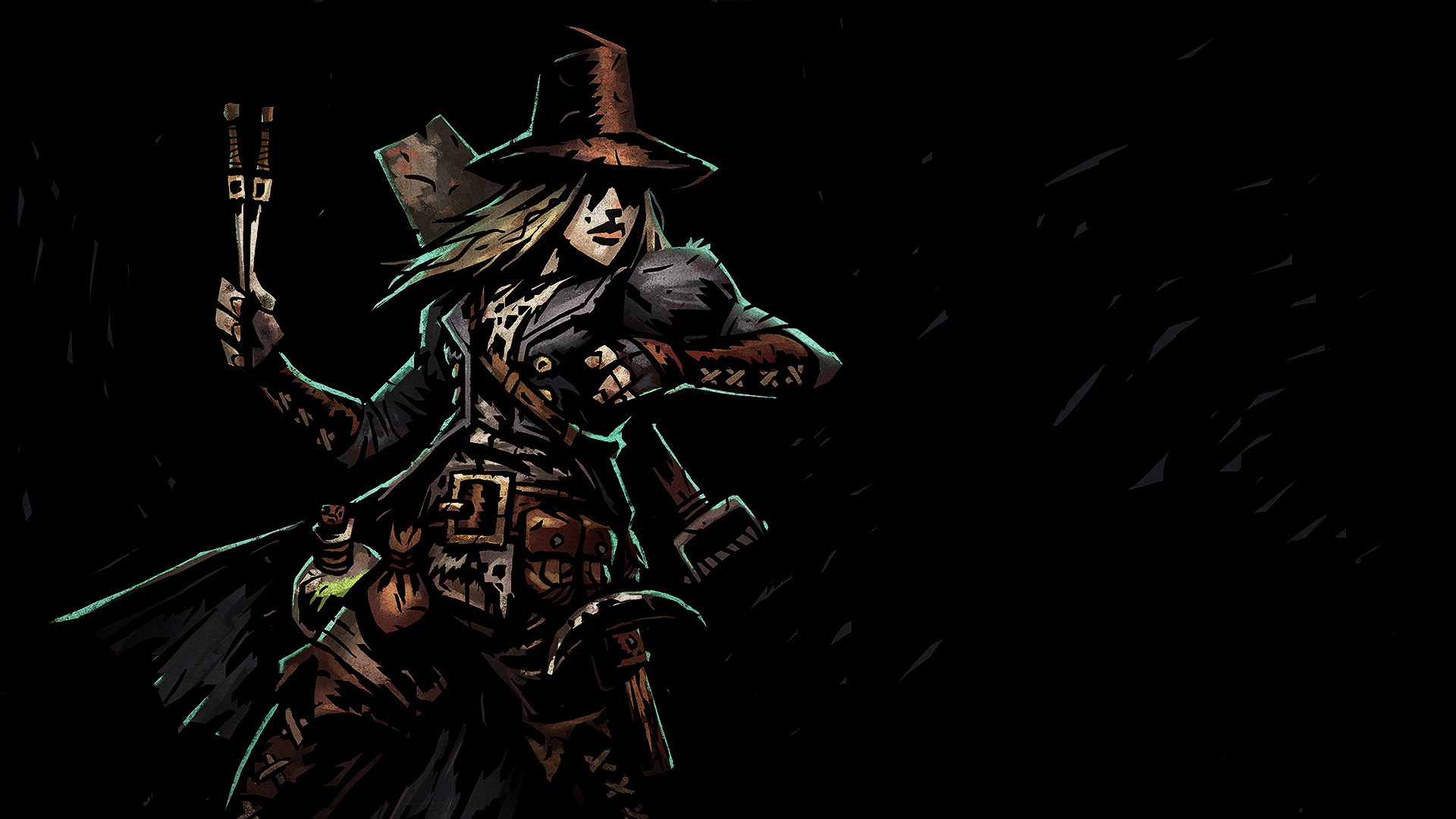
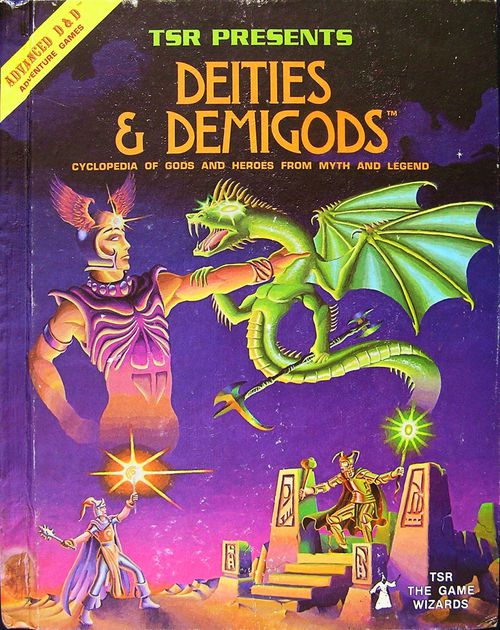
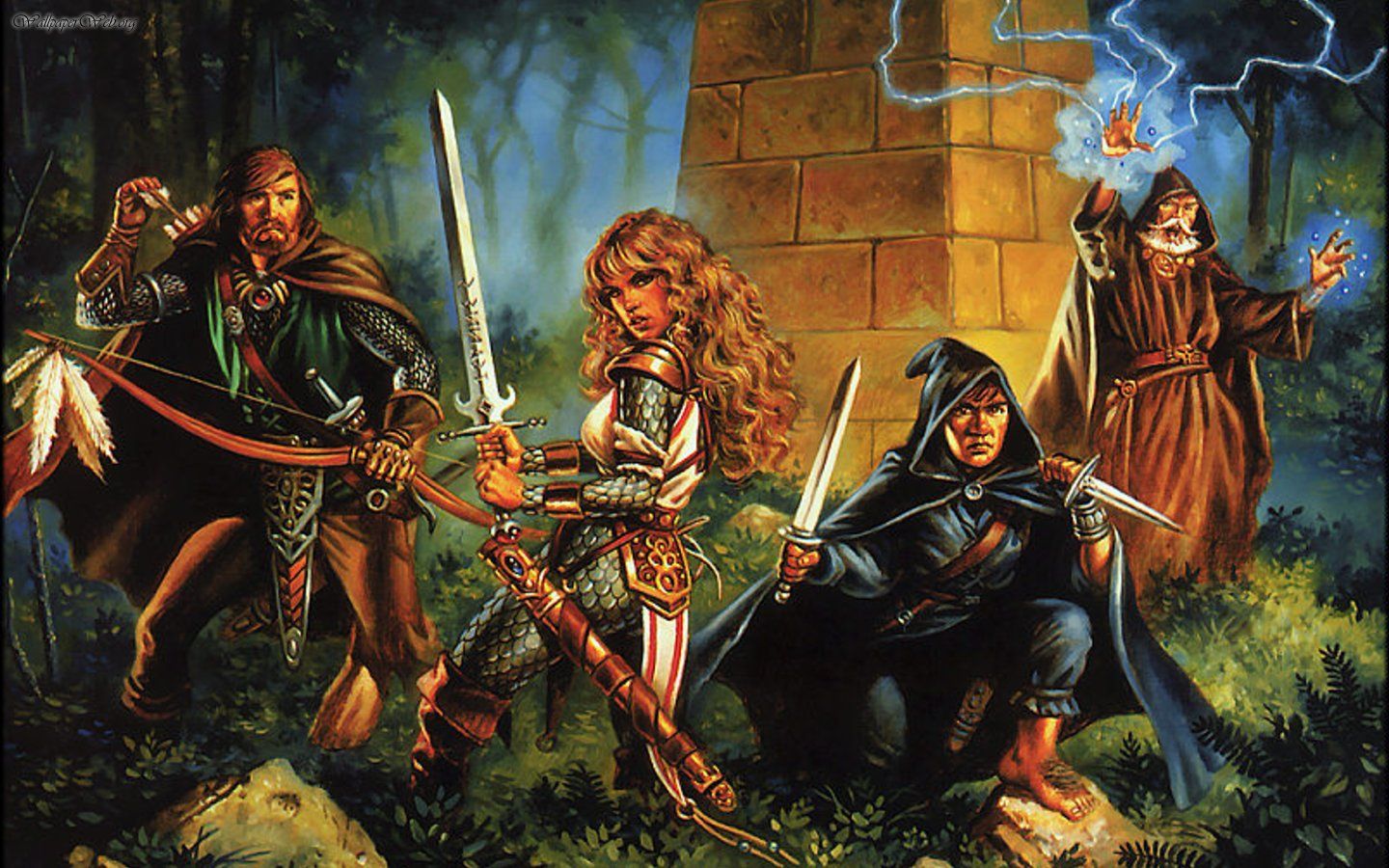
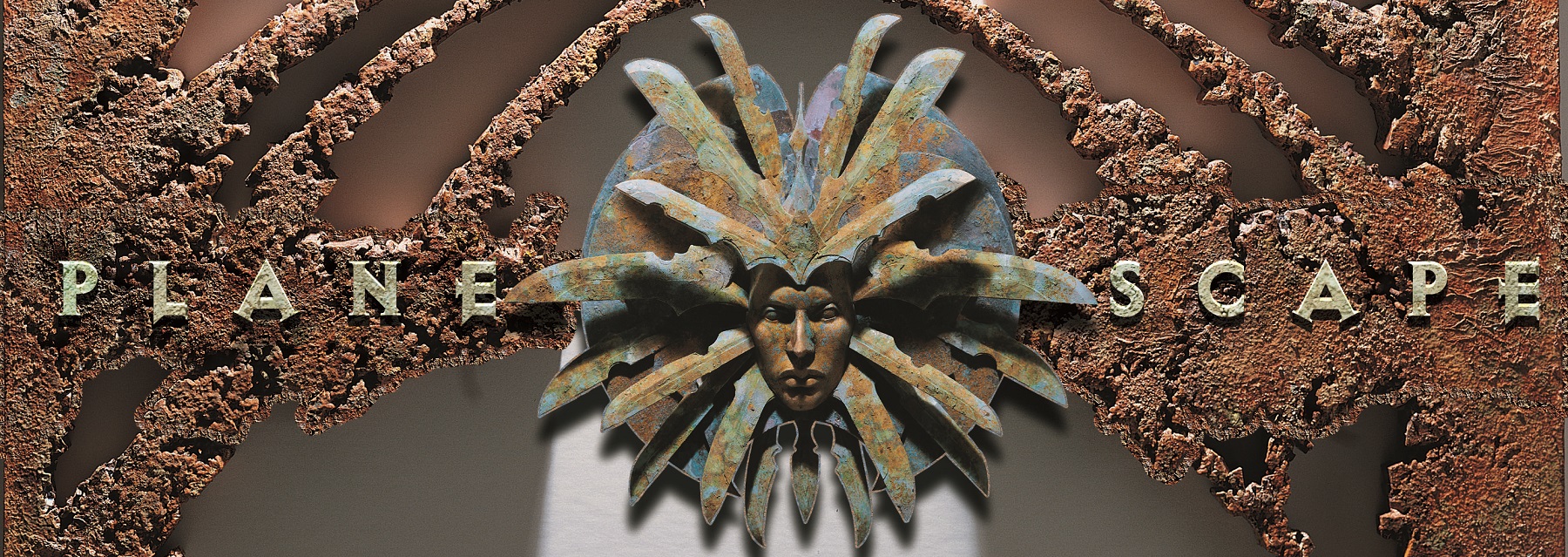

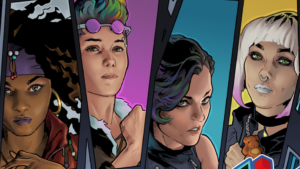 I recently started watching
I recently started watching